Received some of this cool species recently, still small nymphs, keeping them the same condition as orchid mantis at the moment.
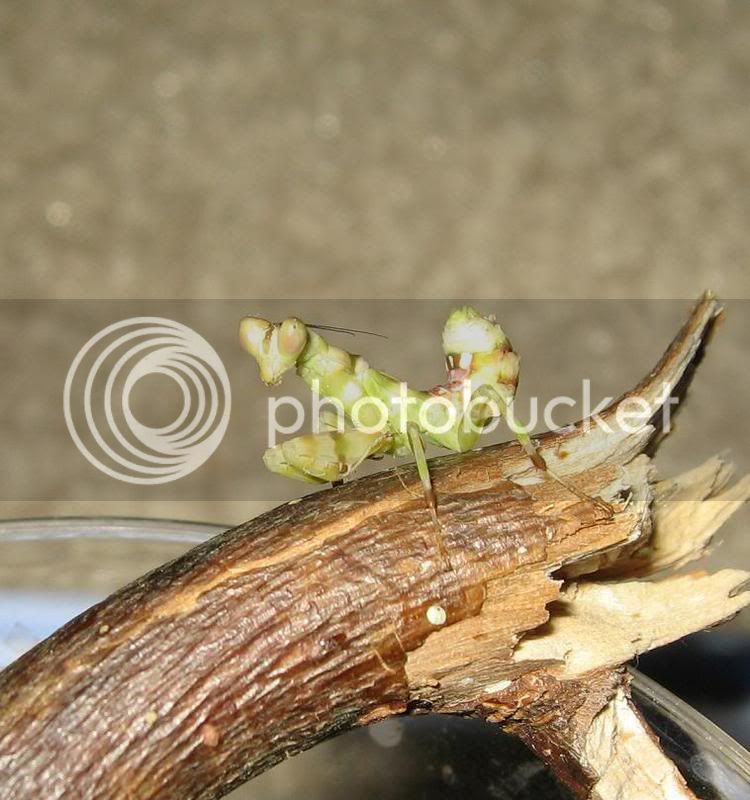
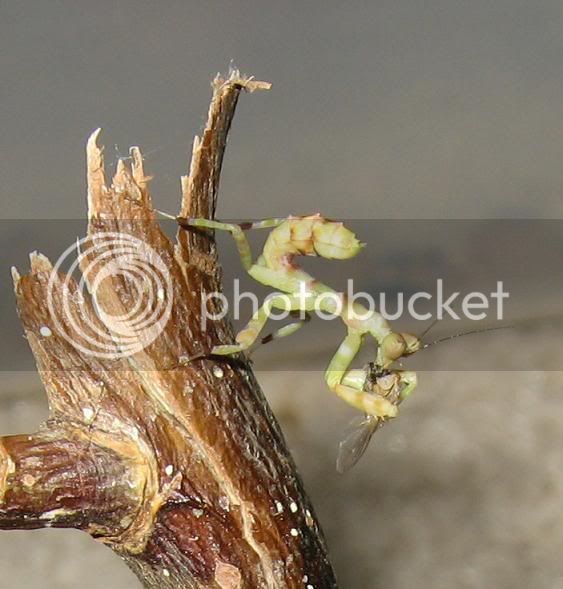
















Females of this species are large mantids, many times the size of Creobroter. The adults don't remind me of those species.However, they look similar to C. gemmatus and P.O/W's when they get older.
Are you saying T. elegans is not found in Malaysia?This species (which probably is not elegans), is difficult to breed.

Ditto. I only managed to breed mine for two generations. The first generation ootheca hatched very few nymphs, the second similar numbers and then the 3rd just didn't hatch :angry:This species (which probably is not elegans), is difficult to breed. Most stocks die out after 2-3 generations due to a lack of males. The dimorphism is as severe as in Hymenopus, and if you don't have enough specimens, you lose all males before the females to be receptive. Despite this, the species needs rather elaborate climate requirements. All in all even more difficult than Hymenopus.


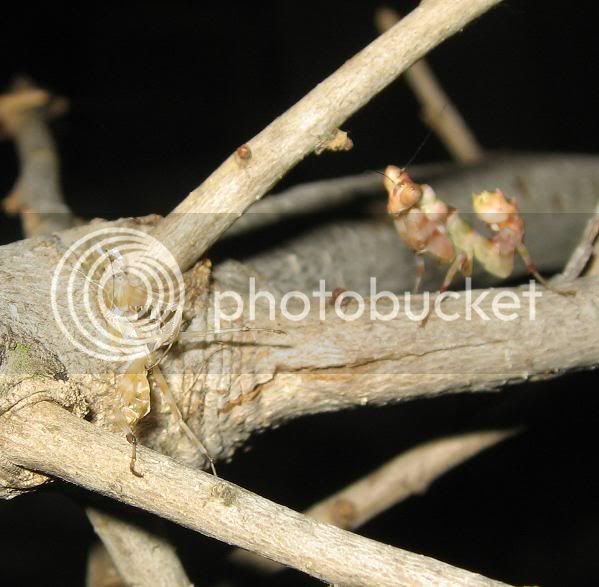
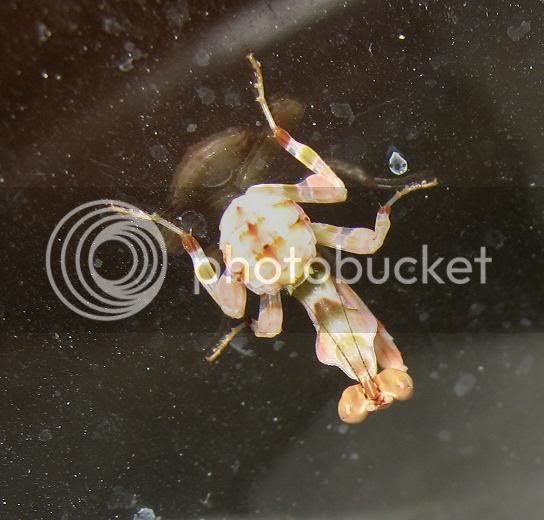
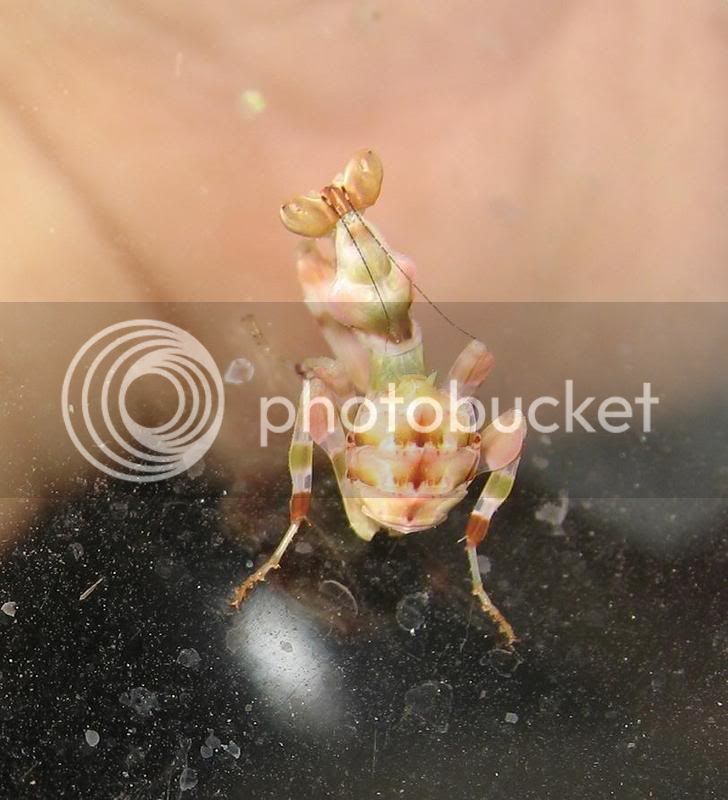
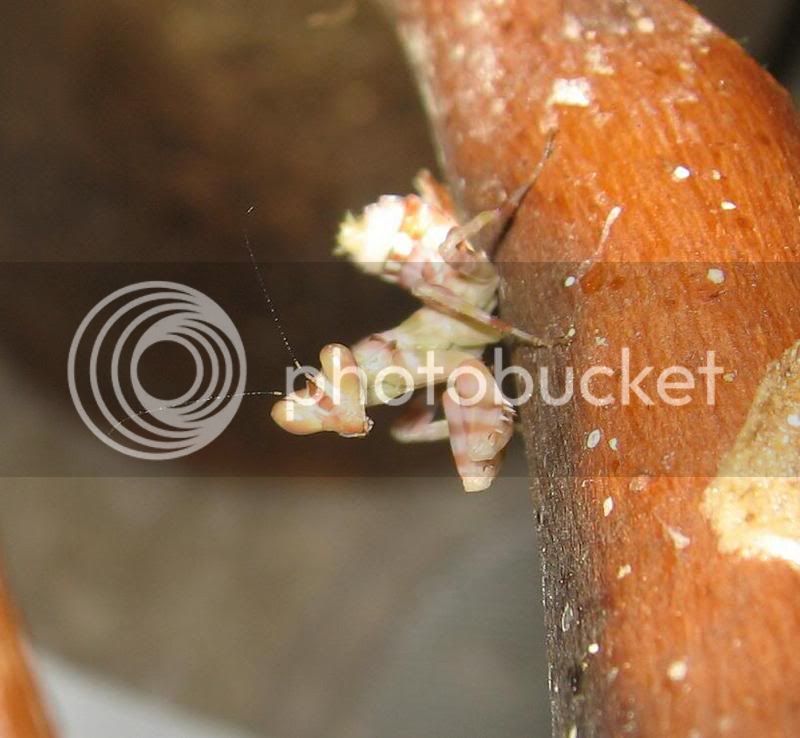
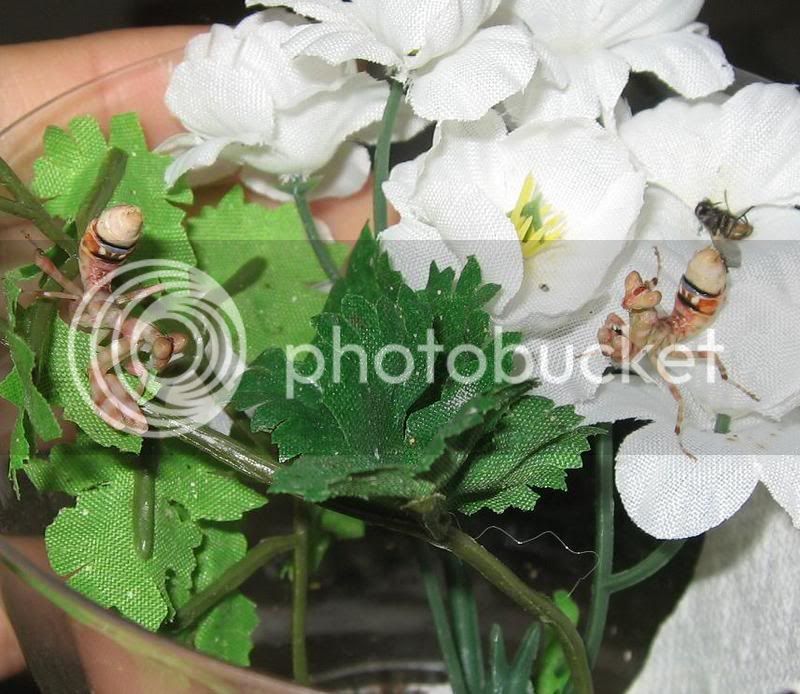
Christian, may I know how many and what species of Theopropus genus live in Malaysia, Cameron Highland to be exact. So the species discovery/recorded by Westwood 1832 in Malaysia is not T. elegans? Thanks.This species (which probably is not elegans)
It's not as simple, as there were a lot of synonyms. Actually, 3 species are recognized, Th. elegans, Th. cattulus and Th. borneensis. Officially, only the first is reported from Malakka, but the traders offer two species, Th. elegans and one of the ones with white hindwings. I did not receive specimens for ID yet.may I know how many and what species of Theopropus genus live in Malaysia, Cameron Highland to be exact. So the species discovery/recorded by Westwood 1832 in Malaysia is not T. elegans?
I meant Malakka = Malay Peninsula.Thanks Christian. Melaka is not too far from Cameron Highland, Pahang but then different species can cohabitat in the same area at the same time too. I will let you know the hindwing color if by any chance any of my specimen mature into adult. Now that makes me wonder how many species were actually specified (scientific name) correctly in this mantis hobbyespecially those species new in the hobby.
Enter your email address to join: